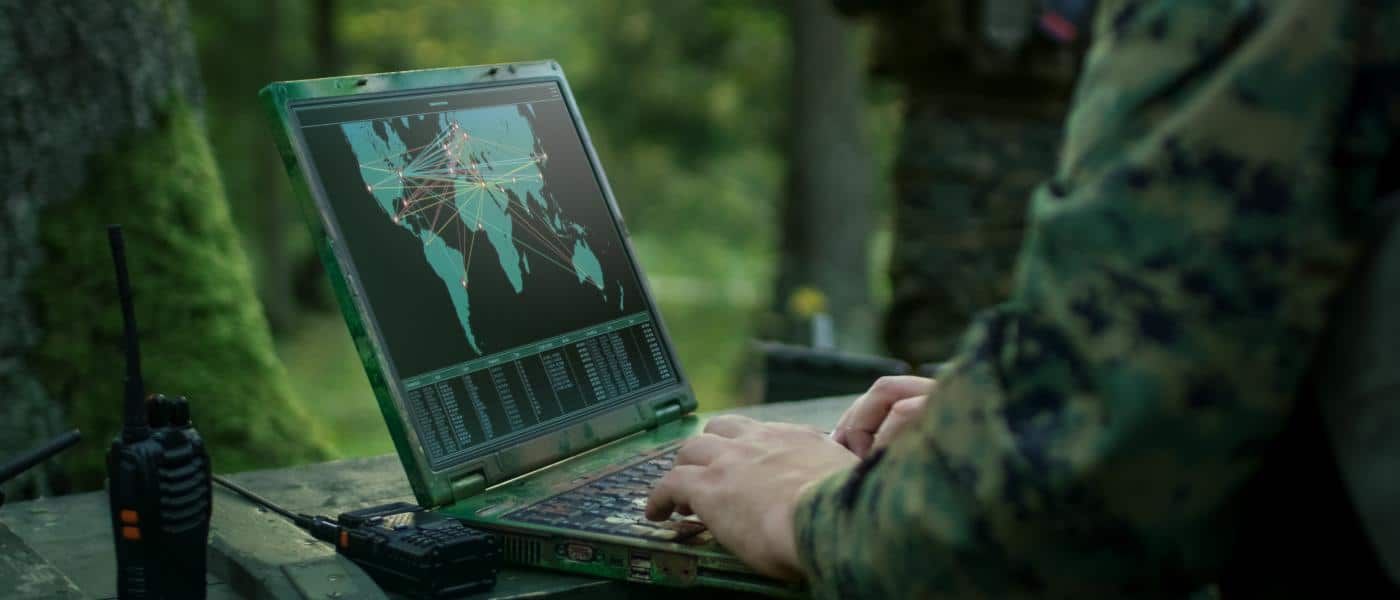About the Author
Nina Jankowicz is a global fellow at the Woodrow Wilson International Center for Scholars’ Kennan Institute, where she studies Russian disinformation and the democratic challenges of the technology age. Her first book, How to Lose the Information War, will be published by Bloomsbury’s IBTauris in Summer 2020. She was a Fulbright public policy fellow in 2016-2017, a role in which she provided strategic communications guidance to the Foreign Ministry of Ukraine. She holds an MA in Russian, Eurasian, and East European studies from Georgetown University and a BA in Russian and political science from Bryn Mawr College.
Executive Summary
Since 2014, a variety of initiatives have been created in response to the rise of Russian interference in democracies. Some of the organizations, while created as answers to a real and increasingly exigent danger, began their work without a clear mandate or political will behind them. As a result, their work has not always been fully effective, falling subject to “Band-Aid Effect” in which the creation of new bodies to address the complex problem of foreign interference in democracies is viewed—whether by the convening institution, the media, or the public—in itself as a panacea.
Through a study of six key unilateral and multilateral efforts in Europe to counter disinformation and hybrid threats, this paper identifies best practices and pitfalls in establishing such bodies. It assesses the extent to which they are integrated into meaningful policy- and decision-making processes, the extent to which they coordinate across government and with each other, and the extent to which they are meeting public-facing program objectives.
The six efforts profiled in this paper are diverse in form and approaches, and they have achieved success in building awareness about the problem among the public and policymakers. They have also faced a variety of obstacles. Attempts to set up similar efforts can extrapolate from their experience the following best practices so as to avoid “The Band-Aid Effect” in building up new institutions.
Secure vertical and horizontal buy-in to policies and objectives
Organizations that face criticism or lack vocal public support from high-level officials face a variety of administrative challenges. Their financial and human resources are precarious, making long-term strategic planning difficult. Horizontal coalition building across government and bodies is also integral; organizations or efforts that have a wide membership or supporter base are more effective in the coordination and amplification of efforts, and face less risk of being stymied or siloed through turf wars.
Obtain medium-term funding commitments when possible
A lack of financial stability can stymie effective work. While the inclination of many donor bodies or budget stewards to measure success over the short-term is understandable, the Russian government’s interference operations continue to be funded at levels far greater than Western efforts to counter them. The budget for the Russian state-run media organization RT, for example, was over $300 million in 2018–2019. The West need not attempt to match this spending, but funding should be allocated in the medium-term to allow bodies to mount a more strategic response to Russian actions. Efforts with meager budgets should aim to coordinate with other organizations wherever possible in order to maximize their resources and amplification of programming.
Utilize existing structures and policymaking processes to avoid administrative obstacles
Creating a new body from scratch is challenging; securing a budget, recruiting qualified staff, and solidifying objectives take more time when starting from the ground level. Organizations and efforts that utilize existing structures can deliver an agile and wide-reaching response in a short time, compared with new organizations, which spend much of their first years standing up their efforts.
Define a clear mission and goals against which to measure success
Organizations should focus their energies on a clear mission. Given that most counter-disinformation and counter-hybrid threat efforts draw upon meager resources, it is important to identify the explicit objectives against which new ones will deliver so that resources can be best allocated. However, organizations and governments should avoid the lure of linking their efforts to a single event. Russian government attempts to influence societies through disinformation and hybrid threats are built up over years, aiming to increase chaos and confusion. They are not pegged to one election or referendum; neither should the goals of organizations responding to them.
Manage the expectations of the press and the public by prioritizing communication
Most of the organizations studied suffer from a gap in understanding or expectations from the public or the media. It is important for them to conduct transparent, truthful, and regular outreach in order to raise awareness of the threat and increase resilience to it, but also to maintain a clear understanding of the expectations and limits of the organizations countering them. Neglecting to prioritize communications as a key part of the national security response to Russian disinformation and hybrid threats in democracies can undermine efforts before they even begin.
Most importantly, as the United States and others continue to institutionalize their responses to Russian government—and, increasingly, other countries’—disinformation and hybrid threats, they need not reinvent the wheel. There is much to be learned from years of work toward similar goals already underway. Ignoring these experiences could lead states toward adopting Band-Aid solutions that may address parts of the problem temporarily, but in the long-term will fail to heal deeper wounds.




